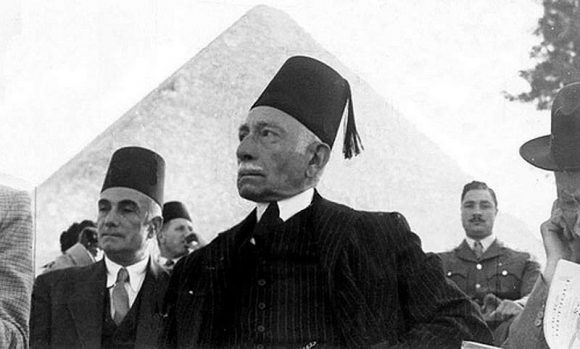More often than not, women are overshadowed in the art world. And while…

 Cairo’s School of Fine Arts
Cairo’s School of Fine Arts 

The history of art institutions in West Asia and North Africa begins with the establishment of the region’s first art school directed at a local audience in Cairo’s Ismailiyya district in 1908. Prince Yusuf Kamal (1882-1967) founded the Fine Arts School (Madrasat al-funun al-jamila) after having been encouraged by Guillaume Laplagne, a French sculptor living in Egypt. Kamal was extremely wealthy and hold the arts close to his heart. He did not only finance the school, but also played a significant role in establishing scholarships for Egyptian artists to study abroad. The Fine Arts School became a great success. Already during its inaugural year over 150 students enrolled. The school offered free classes and, most importantly, it was open to students of all nationalities and religions. The earlier art schools in the region, for instance Algiers’ École des Beaux-Arts, had only accepted European students.
Laplagne became the school’s first director. The Fine Arts School offered students schooling similar to the French Beaux-Arts curriculum with five different directions: painting, decoration, sculpture, architecture, and calligraphy. All the school’s early directors and instructors, apart from those teaching calligraphy, were of foreign origin, namely French and Italian. Despite of this, the school’s patrons viewed the project as an indigenous enterprise, as it had been established by local elites and it functioned independently of the British. The art school remained in private hands until 1928, when the Ministry of Education took over and integrated it into the national state schooling.
The school’s significance for the history of Egyptian modern art is undeniable. The institution’s first graduating class of 1910 included a number of so-called pioneers of modern Egyptian art: Mahmoud Mukhtar, Yusuf Kamil, Mohamed Hassan, Ragheb Ayad, Ali Hassan, and Anton Haggar. These students exhibited for the first time in 1911 at the Automobile Club in Cairo. This show can be considered the first exhibition by Egyptian artists. There had been exhibitions in Egypt before, but not of native Egyptians. Orientalist paintings, for instance, were exhibited in 1891 at the Opera House, but all participants were Western artists living in or visiting Egypt. In the following decades, the importance of the Fine Arts School increased as it became an important arena for theoretical debates concerning art practice in Egypt.
Image: Prince Yusuf Kamal.
You might also like:





